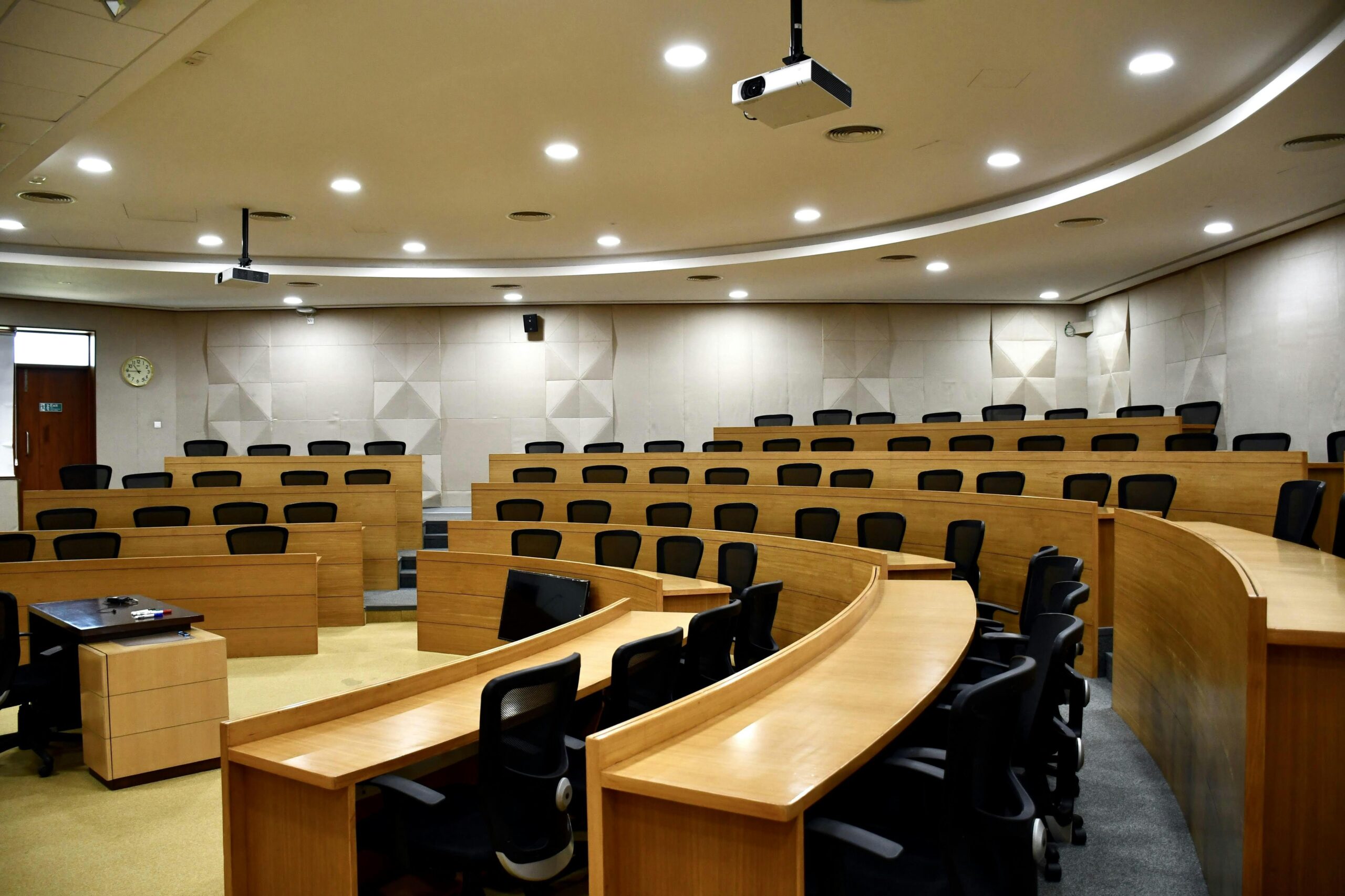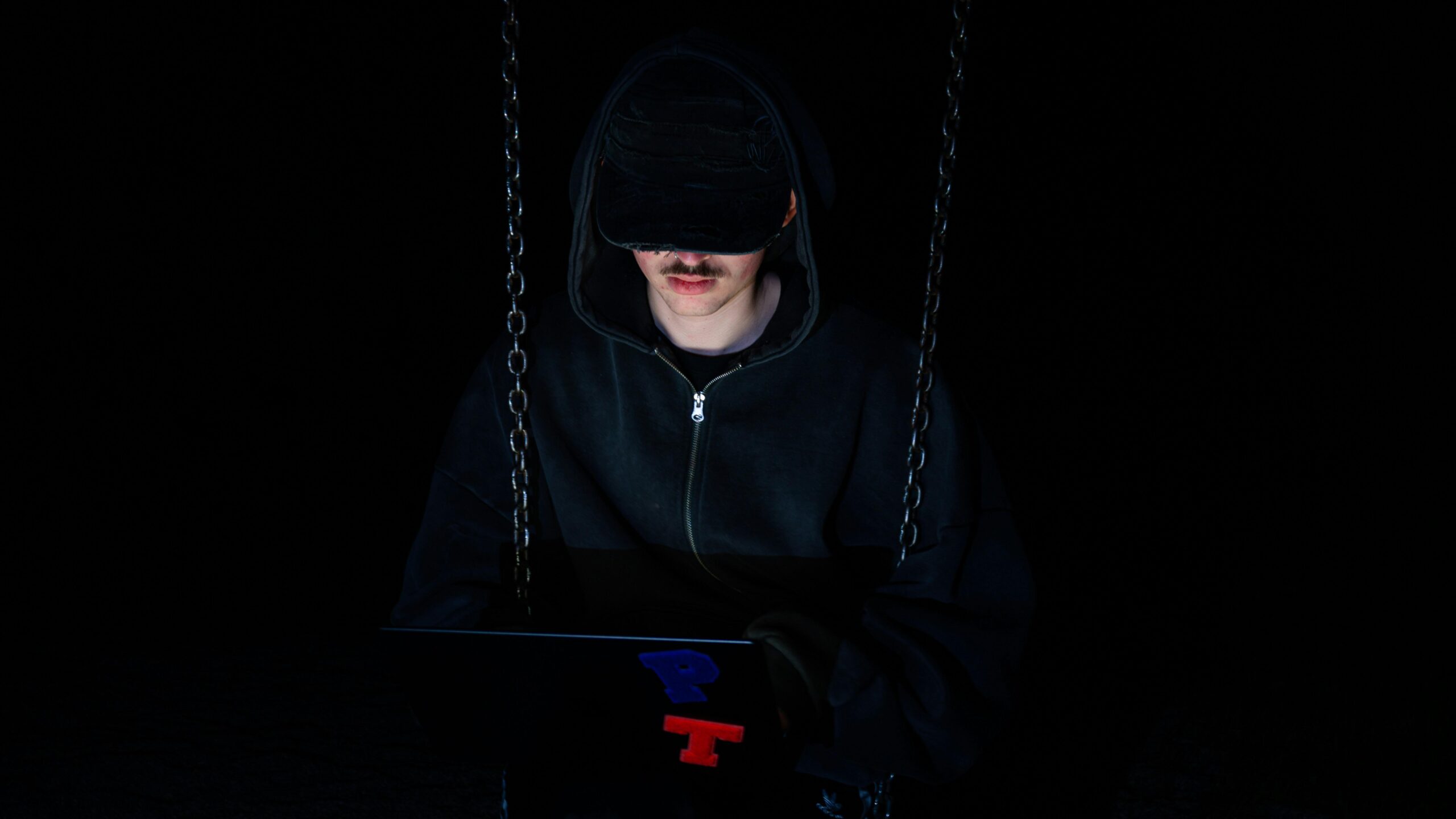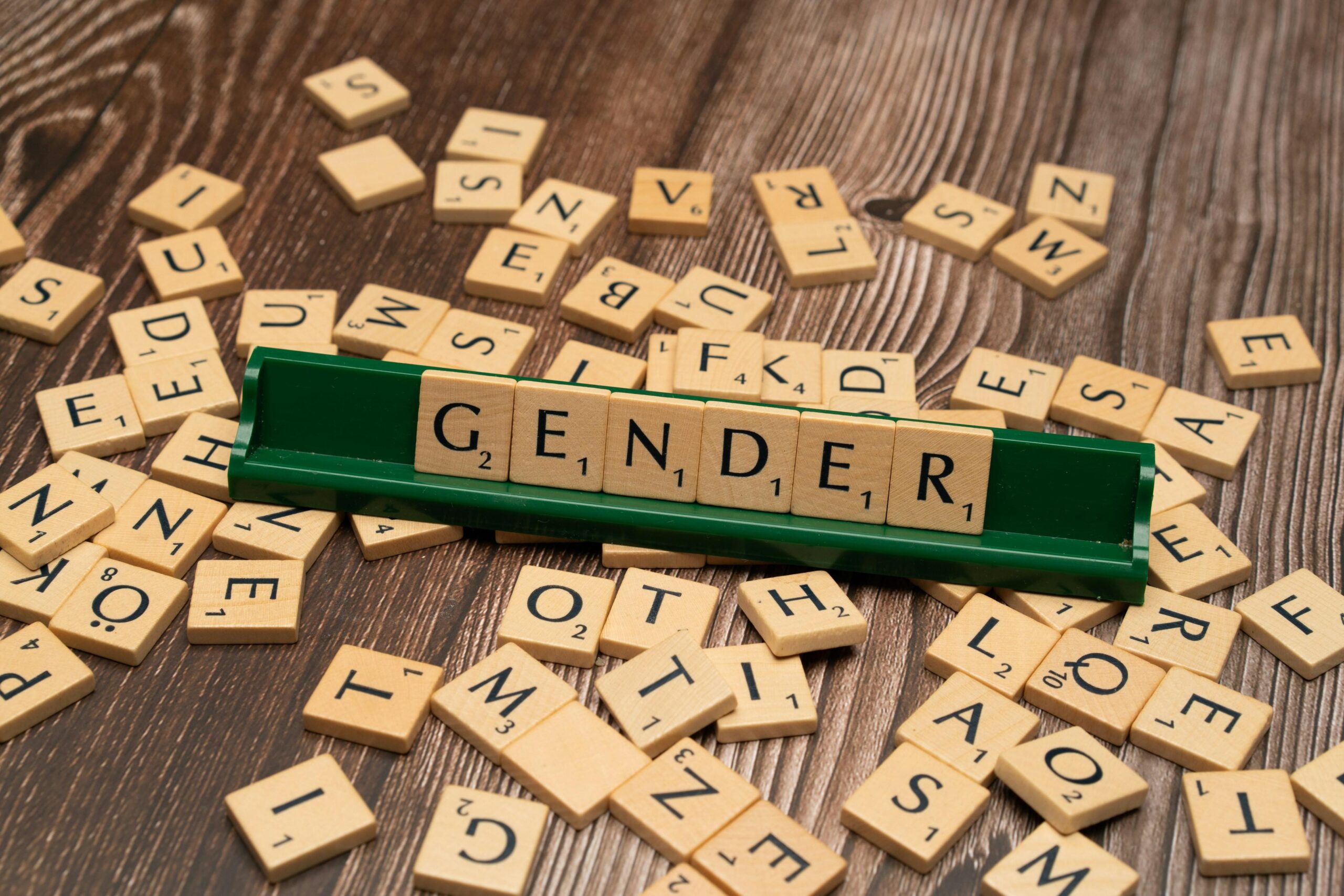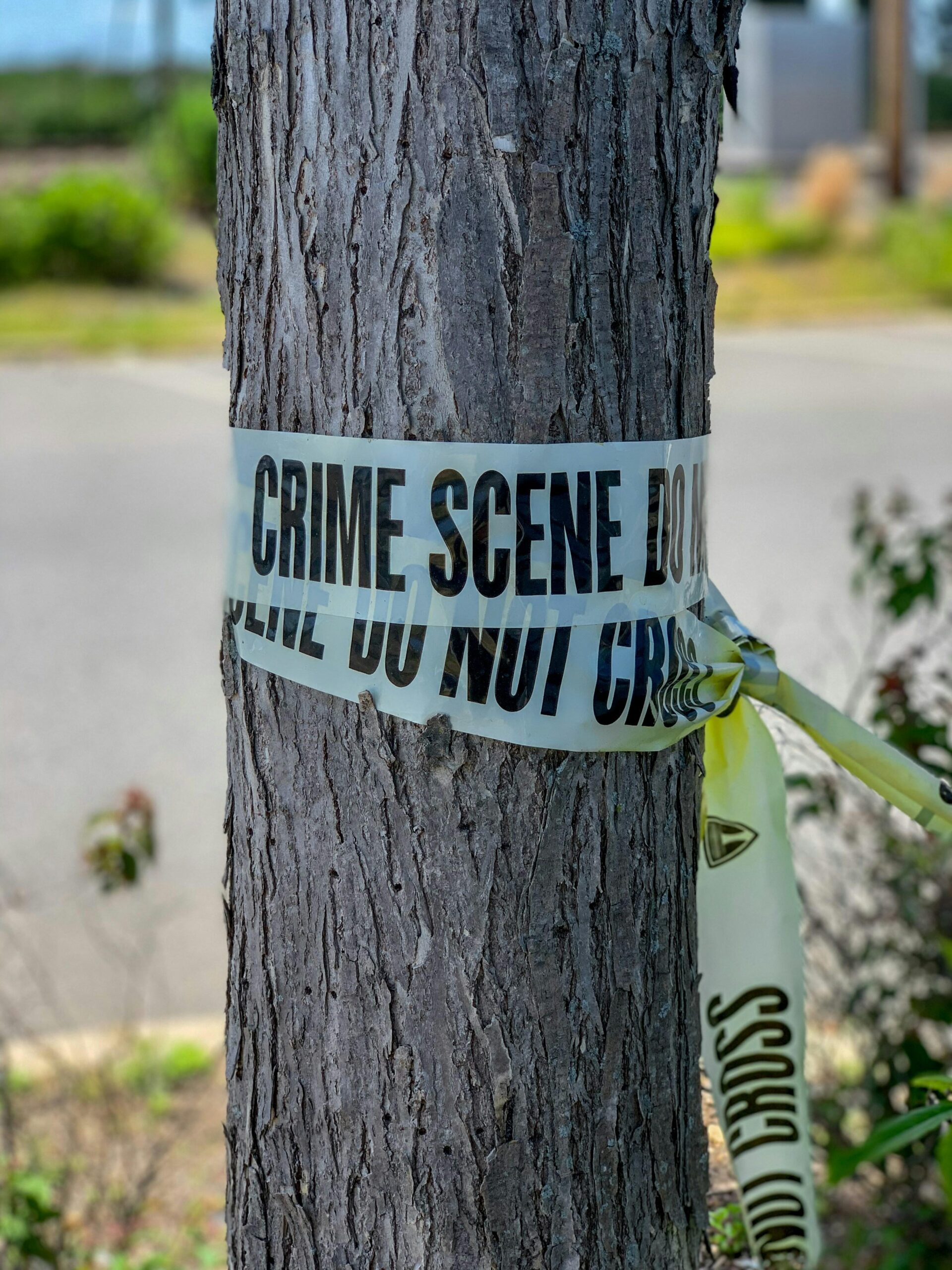Ever wondered what really goes on inside those grand international criminal courts we hear about on the news? Beyond the headlines and high-profile trials lies a complex world where justice is meticulously pieced together—step by step, evidence by evidence. In this blog post, we’re taking you behind the courtroom doors to explore how these global institutions operate, the challenges they face, and the fascinating processes through which justice unfolds on the international stage. Ready to satisfy your curiosity? Let’s dive in!
Table of Contents
- Understanding the Role of International Criminal Courts in Global Justice
- Unpacking the Trial Process From Investigation to Verdict
- Challenges Faced by Courts and How They Strive for Fairness
- Recommendations for Strengthening International Judicial Cooperation
- The Conclusion
Understanding the Role of International Criminal Courts in Global Justice
International criminal courts stand as pivotal arenas where the abstract ideals of justice transform into tangible outcomes. These institutions uniquely balance legal rigor with profound ethical considerations as they navigate the complexities of war crimes, genocide, and crimes against humanity. Unlike domestic courts, they operate across borders, holding individuals—not nations—accountable for atrocities that disturb the global conscience. Their role transcends mere punishment; they strive to establish historical truth, deter future violations, and provide a platform for victims’ voices long silenced in the shadows of conflict.
The legal machinery within these courts is intricate and purposeful, incorporating a blend of investigative diligence, evidentiary challenges, and international cooperation. Key features that define their mandate include:
- Universal jurisdiction: the ability to prosecute crimes irrespective of where they were committed or the nationality of the accused.
- Complementarity principle: acting only when national courts are unwilling or unable to prosecute.
- Victim participation: empowering those affected to contribute to proceedings and seek reparations.
This multifaceted approach reveals a justice system striving not only to punish but also to rebuild fractured societies through reconciliation and accountability, echoing a profound global commitment to uphold human dignity.
Unpacking the Trial Process From Investigation to Verdict
At the heart of international criminal justice lies a meticulously structured process that transforms complex investigations into reasoned verdicts. It all begins with the initial probe, where evidence is gathered from a myriad of sources around the world—witness testimonies, forensic reports, and even satellite imagery play a role. This phase demands precision and patience, as investigators piece together fragments of truth amidst geopolitical tensions and often dangerous environments. The objective? To build a robust case that withstands the intense scrutiny of international law and moral accountability.
Once a case advances, prosecutors present their findings before judges and defense counsel in court. This is where the drama of justice truly unfolds, marked by:
- Pre-trial chambers that decide the admissibility of evidence and confirm charges.
- The trial phase, featuring witness examination, cross-examination, and rigorous debate.
- Deliberation by judges or juries, weighing the legal arguments against the presented facts.
The verdict, whether acquittal or conviction, not only shapes accountability for heinous crimes but also signals the international community’s commitment to upholding the rule of law. Behind each decision lies a delicate balance between justice served and the complex realities of global relations.
Challenges Faced by Courts and How They Strive for Fairness
International criminal courts operate in a landscape riddled with complex legal, political, and cultural obstacles. One of their most pressing challenges is balancing sovereignty and international law, as they often face resistance from nations reluctant to surrender jurisdiction over their own citizens. Additionally, securing reliable evidence can be an arduous task due to conflict zones’ instability and witness intimidation. Courts must navigate these hurdles carefully to uphold the principles of justice without compromising impartiality or legitimacy.
In pursuit of fairness, these courts employ innovative strategies that go beyond traditional courtroom procedures. Outreach programs and multilingual proceedings ensure accessibility and transparency, fostering trust among affected communities worldwide. Judicial panels often integrate diverse cultural and legal perspectives to mitigate bias, while safeguarding the rights of both victims and accused individuals through meticulous procedural safeguards. This relentless commitment to fairness turns each trial into a testament to the evolving nature of international justice.
- Ensuring witness protection amidst threats
- Integrating diverse legal traditions
- Managing political pressures without bias
- Combating logistical challenges in conflict zones
Recommendations for Strengthening International Judicial Cooperation
To truly enhance the fabric of international judicial collaboration, a multi-layered approach is essential. Firstly, harmonizing procedural frameworks across jurisdictions can bridge many gaps, as varying legal standards often hinder seamless cooperation. This involves aligning evidence-sharing protocols, arrest warrant procedures, and extradition processes, ensuring that no matter where a case originates or unfolds, there’s clarity and efficiency in moving it forward. Moreover, strengthening technological infrastructure for secure communication between courts can significantly speed up information exchange and reduce misunderstandings.
Beyond procedural alignment, investing in capacity building among judicial actors cannot be overlooked. Regular cross-border training programs and joint workshops can cultivate a shared understanding of international law nuances, fostering trust and mutual respect between nations. Additionally, creating dedicated liaison offices in key jurisdictions can act as pivotal contact points, smoothing out diplomatic challenges and facilitating swift responses during complex cases. Ultimately, these strategies work not just to enforce justice, but to build a resilient global network that champions accountability and fairness.
- Standardize evidence collection methods to ensure admissibility worldwide
- Create interoperable digital platforms for case management
- Expand multilingual legal resources and translation services
- Enhance funding for cross-border judicial training initiatives
- Establish clear guidelines for the protection of witnesses in international trials
The Conclusion
As we peel back the layers of international criminal courts, it’s clear that justice on this scale is a complex, evolving journey—far from the clear-cut verdicts we often see on the screen. From painstaking investigations to the intricate courtroom dramas, every step reveals how the world wrestles with accountability and truth. Whether these courts will shape a more just future remains a question we all watch with keen interest. For now, the story of international justice continues to unfold, inviting us to stay curious and engaged with every chapter.












